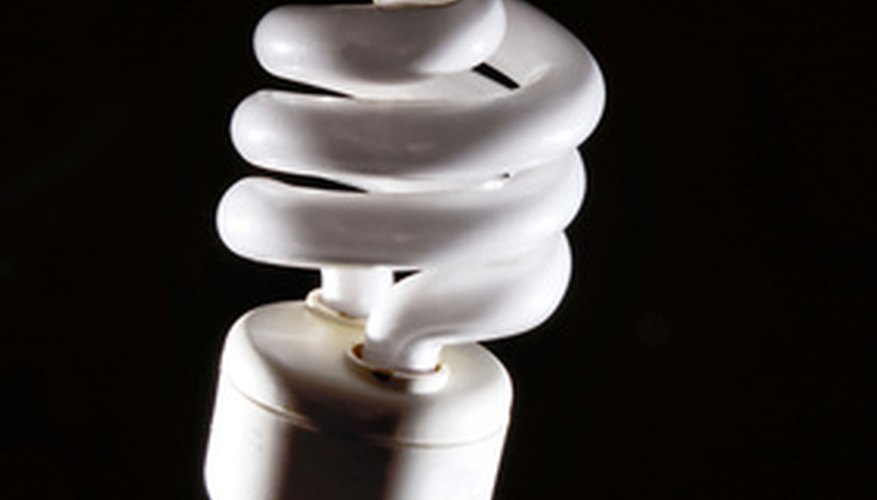A fluorescent starter is a small, metallic cylinder that plugs into a socket of a fluorescent fixture. The starter's purpose is to send a delayed jolt of ionised gas to the bulb to conduct electricity. A defective starter can cause the bulb to flicker continuously or leave you in total darkness. If the fluorescent fixture is less than 15 to 20 years old, chances are good that it doesn't contain a starter. If the fixture uses a starter, there is only one good way to test it: by replacing it with a good starter.
- A fluorescent starter is a small, metallic cylinder that plugs into a socket of a fluorescent fixture.
- If the fluorescent fixture is less than 15 to 20 years old, chances are good that it doesn't contain a starter.
Turn the power off. Check whether or not the fluorescent fixture contains a starter, which is usually located in plain view. Look underneath bulbs and, if necessary, remove them. If no starter is visible, the fixture is modern and contains no starter.
Starters correspond to the wattage of the fluorescent bulbs they run. Find out what wattage bulbs the fixture contains. Purchase a corresponding starter from the hardware store. It is a good idea to purchase a few to keep around the house.
Remove the old starter by pressing in and turning it counterclockwise.
Replace the new starter in the socket by pressing inward and turning clockwise.
- Starters correspond to the wattage of the fluorescent bulbs they run.
- Replace the new starter in the socket by pressing inward and turning clockwise.
Return fluorescent bulbs to the socket if they were removed to reach the starter. Turn on the switch. If the light comes on and doesn't flicker continuously, the starter was the problem. If the fixture doesn't light or continues to flicker, the problem lies elsewhere.
TIP
Throw away all bad starters because its difficult to distinguish between good and bad starters.
WARNING
Make sure power is off when testing fluorescent starters.
